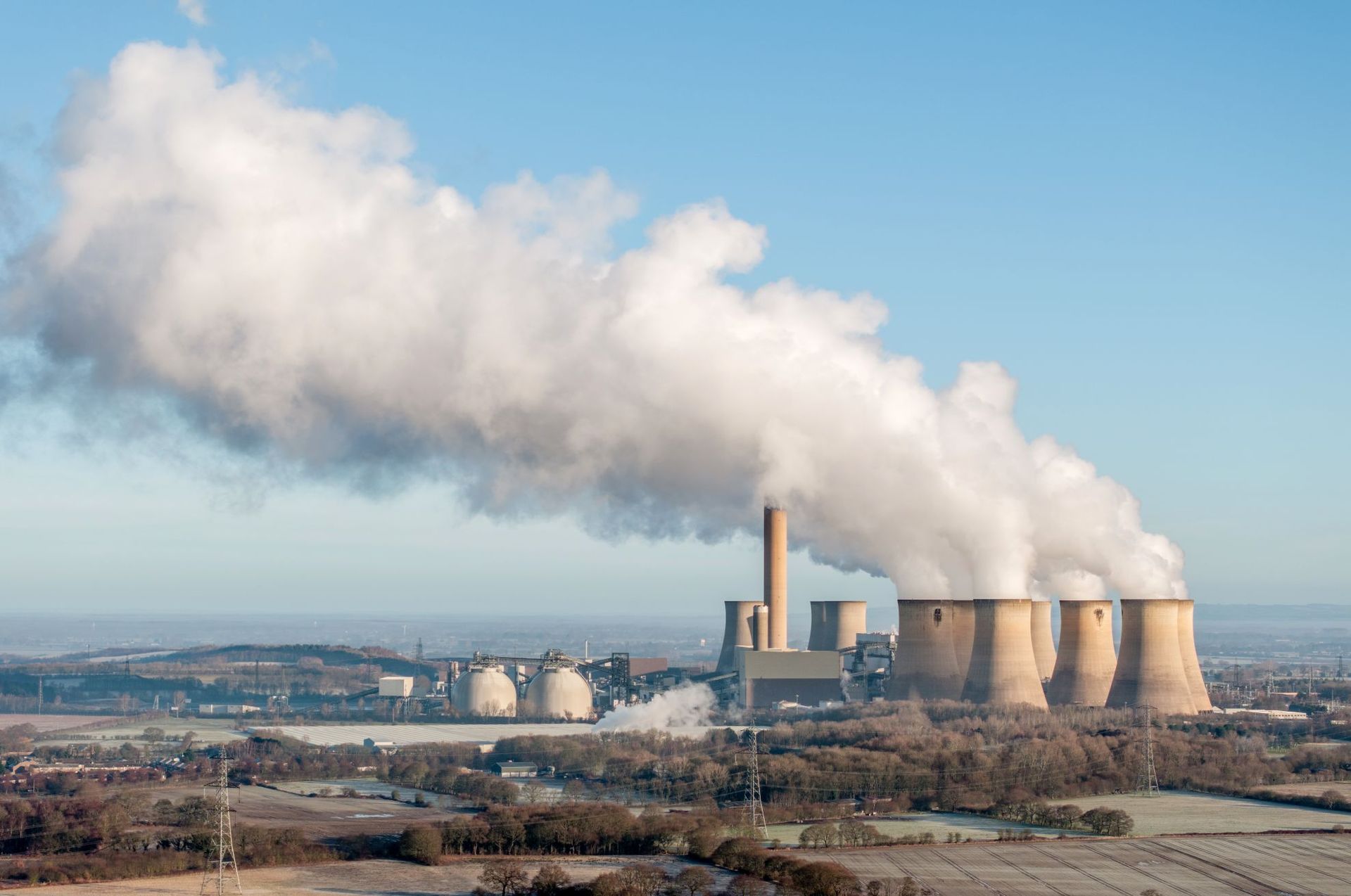GLOBAL BLACK PELLET DEMAND BEGINS TO SURGE
Industry enters rapid growth phase as markets switch on to 2nd generation biofuel’s inherent qualities

THE global market for black pellets biomass will burgeon over the coming decade, according to two independent market analysis reports released recently.
Demand for Gen2 black wood pellets - from power stations and utilities companies, cement, steel and chemicals manufacturers, as well as commercial and residential heating customers – has been forecast to reach USD$4.1bn by 2035.
International climate initiatives, national carbon-neutral policies, rising demand from eastern Asia and the advancement of pellet production technology were cited as key drivers behind demand for black biomass pellets.
Two successive reports, released by market insight specialists 24ChemicalResearch and Wise Guy Reports, predicted compound annual growth rates of black pellet demand to be 6.5% and 7.1% respectively over coming years.
Both think tanks highlighted black pellets’ superior energy density and water resistance, compared to traditional white biomass pellets, as reasons for their emerging viability as a sustainable energy source.
While Wise Guy Reports’ study focused on black pellets’ compatibility with coal infrastructure, 24ChemicalResearch’s earlier analysis unpacked black wood pellets’ potential to create additional future revenue streams through carbon credit generation – when they’re integrated with carbon capture technology.
Black pellets release 94% less carbon into the atmosphere than coal, while retaining 87.5% of the fossil fuel’s energy release. 24ChemicalResearch’s findings recorded their “lower ash content” in its data.
The research body, which prides itself on being “the most trusted resource for market insights in the chemical and materials industries” however curbed its candour for the virtues of Gen2 black pellet biofuel by documenting concerns over high fixed costs in the industry.
Both reports benchmarked the global market value of black pellets biomass at $1.2bn in 2024. But 24ChemicalResearch’s data carried a more conservative estimate of global demand for Gen2 pellet biomass reaching $2.1bn by 2032.
It claimed: “Despite its potential, the market faces hurdles including high capital costs for production facilities averaging 20 to 30 percent more than white pellet plants.
“Supply chain complexities arise from the need for specialised handling equipment to maintain pellet integrity. Regulatory uncertainties in some markets and competition from alternative renewables like solar PV also pose challenges.”
Wise Guy Reports’ market insight, published on 30th August on the UK’s Industry Today website, was more optimistic – pegging global demand for black pellets at $4.5bn come 2035.
It declared: “The outlook for the biomass black pellets market is highly positive with sustained demand from power generation, industrial heating, and renewable energy sectors.
“By 2035 the market will nearly double to $4500m, driven by global carbon neutrality goals and increasing reliance on bioenergy.”
And it supported its findings with a breakdown of continental demand for Gen2 wood pellets, concluding: “The Asia-Pacific region is expected to emerge as the fastest-growing market. Europe will remain the largest market, supported by stringent emission regulations and supportive government policies. North America will serve as a major exporter to global markets, leveraging its abundant biomass resources.”
CoAlternative managing director David Peters commented: “Research and analysis such as these reports help to prove the viability of what is still an emerging sustainable energy source.
“The green energy industry has greater awareness of the existence white wood pellets and certain sections of it have made up its mind about them. That’s understandable.
“But Gen2 black pellet biofuel has up to 24 percent more energy release than Gen1 white pellet biofuel. Black pellets release significantly less carbon than white pellets. They are also at least 35 percent cheaper to transport than white pellets due to their greater bulk density.
“All of these truths make Gen2 black pellets the ‘game-changer in renewable energy’ that 24ChemicalResearch reports they are, and the ‘reliable and sustainable fuel option’ that Wise Guy Reports say they are.
“Black pellets have a key role to play in global energy transition.”
24ChemicalResearch’s full market analysis report can be downloaded via this link.
Wise Guy Reports market analysis can be read in full via this link
Each report based its findings on primary qualitative research data compiled from extensive interviews with industry executives and technical experts, combined with thorough analysis of quantitative production data, trade flows, as well as scrutiny of policy development within major black pellet markets.









